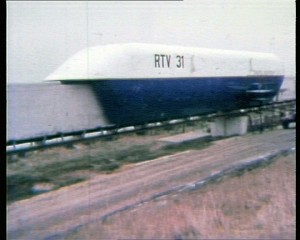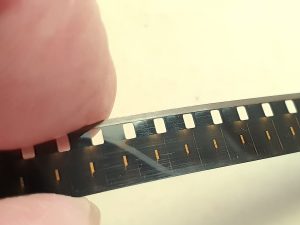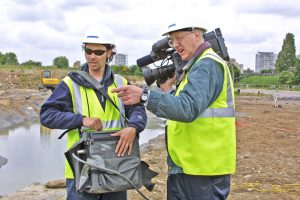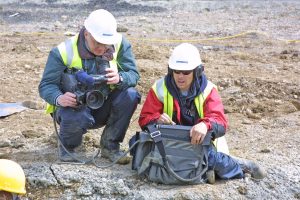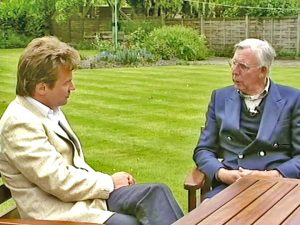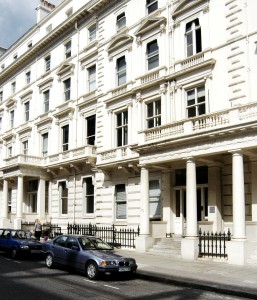For the 1985 “Technology 2000” exhibition held at Imperial College, two videos were produced: Studying for the Future and Discovering the Future. Both made use of the same visual stock-footage material, such as teaching, research, and campus footage. Studying for the Future was a promotional video for potential undergraduates. I’ve managed to colour-correct and enhance the 40-year-old videotape.
A lot of what you’ll see in this video has long gone—for example, the old main entrance, the college shop, the Reactor Centre, and the TV Studio. However, as I’ve said, it wonderfully captures what Imperial looked and felt like all those years ago. My memories are of a nicer, much happier and friendlier place back then, when people knew each other.
How much do you remember of the old place? Indeed, are you featured in the video, let me know?
Colin Grimshaw – December 2025
